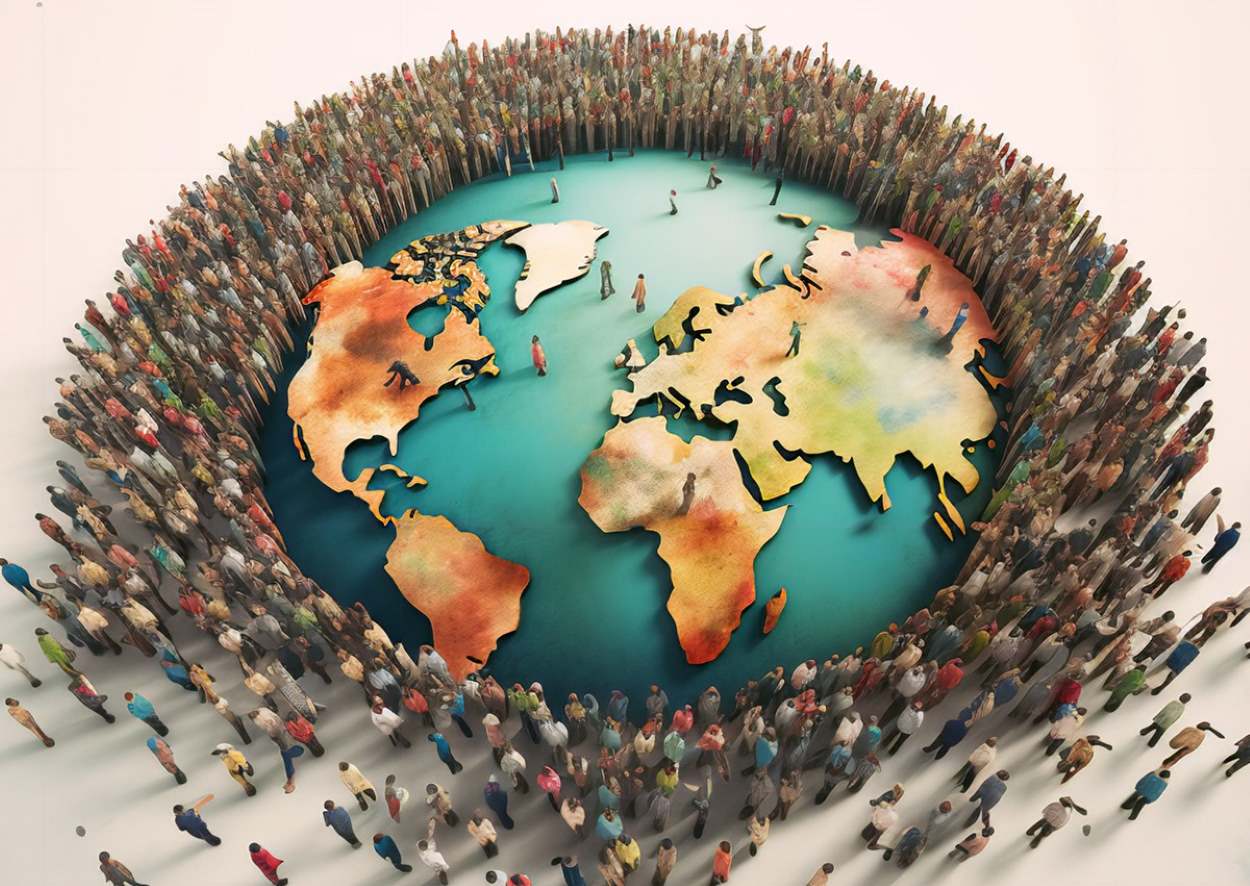The International Labor Organization (ILO) expected global unemployment to fall slightly to 4.9% this year from 5.0% in 2023, despite inequality in the labour market.
The International Labor Organization (ILO), a U.N. agency, projected the unemployment rate to rise to 5.2% in January amid expectations of lower rates in advanced economies.
The revision is largely due to lower-than-expected unemployment rates in China, India and high-income countries in 2024. Richard de Chazal, a macro analyst at investment banking group William Blair, said: “China’s growth is not as weak as expected at the end of last year as the authorities manage to keep growth more stable. Long.”
The downward trend in the unemployment rate is expected to level off in 2025, with the unemployment rate remaining at 4.9%. In early 2024, global economic growth was stronger than expected, especially in the United States. Inflation has also declined, easing the burden on household incomes.
De Chazal added: “The lagged impact of rising interest rates will be slower as both the business and household sectors insist on lower interest rates and are less sensitive to Fed tightening.” In April, the International Monetary Fund set the global outlook for 2024. The economic growth forecast was revised from 3.1% to 3.2%, mainly due to the improved outlook for the United States.
“The stabilization of the macroeconomic environment has led to a relatively stable labour market outlook,” the ILO said. However, the medium-term situation remains uncertain due to expectations of global monetary and fiscal policy adjustments. Restrictive macroeconomic measures may have delayed effects on the labour market.
Despite the improved outlook, the Geneva-based organization noted a “continued” lack of employment opportunities. The employment gap – people who don’t have a job but want to work – is estimated to reach 402 million by 2024, up from 399 million last year.
The report noted that the labour market remains an “unlevel playing field”, especially for women. Gilbert Houngbo, director-general of the International Labor Organization, noted that the employment gap for women in low-income countries is 22.8%, compared with 15.3% for men. In high-income countries, the figure is 9.7% for women and 7.3% for men.






